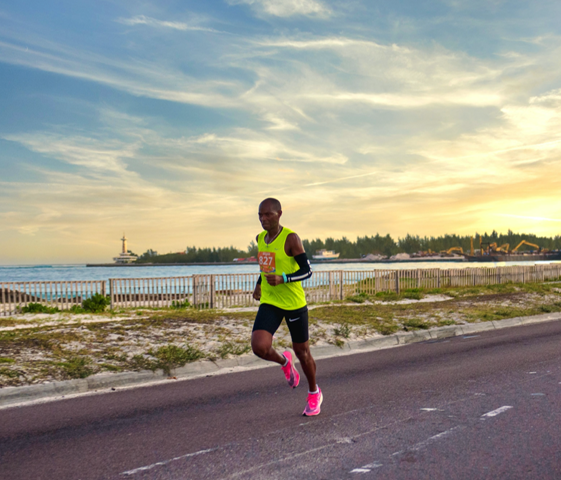Picking the Right Running Shoe for You

Picking the Right Running Shoe for You
Ensuring you are in the right shoe for your foot should be number one in importance of your running gear. It’s nice to have everything but if you aren’t wearing the correct foot wear, you might as well not run. Running and walking have a similar motion which is much different than that of cross training. When you run or walk your foot naturally follows a heal to toe pattern. Therefore, you will notice running shoes do not have a completely flat base but a base that allows you to naturally follow through with a toe off at the end. This meaning you push off.
Cross training on the other hand requires lateral support and a flatter base that running shoes do not offer. Cross training shoes require a stable base so if you are doing things like lifting weights, your centre of gravity is in place. Running rolls you forward so you are not in the same stable capacity as you would be in a cross trainer.
For these reasons, NEVER RUN IN A CROSS TRAINER. You will know right away if you run in a cross trainer because your knees will hurt, you may get shin splints and possibly hip pain.
The next thing you need to do is get your gait checked. Do you have high arches? Are your arches collapsed? Do you pronate (roll in) or supinate( roll outward)?
There are different levels of support to ensure your foot is hitting the ground in the best possible way to avoid injury. For instance, high arches need a lot of cushioning and little to no support whereas collapsed arches need support. A proper running store can evaluate your needs for you. Plan on spending time there as this is a process that isn’t done in a minute. You want to try on several pairs of shoes to find the best one for you. Also, plan on going a half to a full size bigger than your current shoe. Again, this is to support the rolling forward motion. If you neglect to do this you take the chance of getting some nasty black toenails. Once you find that shoe, then the next time you need to purchase it will be super easy.
Lastly, make sure you change your shoes up approximately every 300 miles. Your shoes may look new but the cushioning and support will have broken down leaving it open for injury to occur.






















